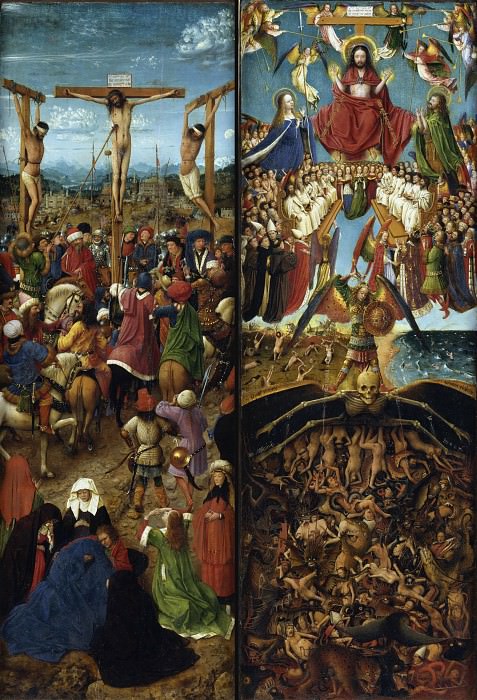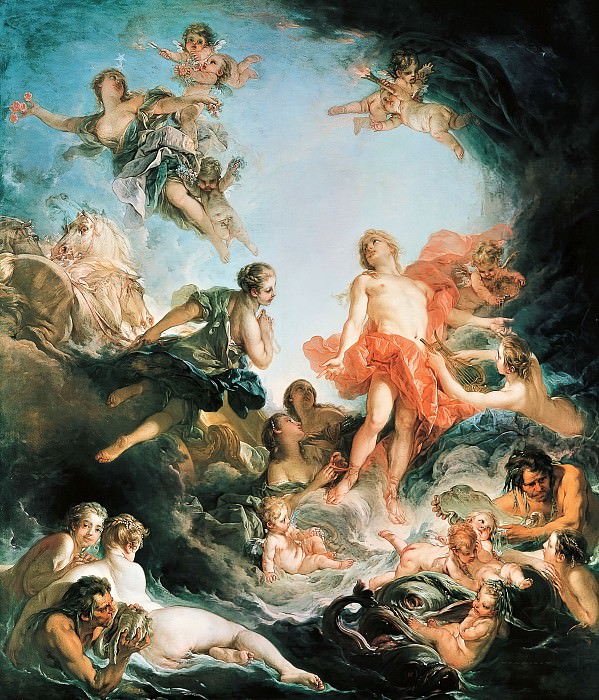Jenny Holzer: A Master of Conceptual Art
Jenny Holzer is an influential American artist renowned for her innovative use of language in public spaces. Born on July 29, 1950, in Gallipolis, Ohio, Holzer has carved a unique niche in the art world by transforming words into powerful visual and spatial experiences. Her work transcends traditional art forms, blending text, technology, and architecture to provoke thought and elicit strong emotional responses from viewers.
Early Life and Education
Holzer's journey into the world of art began with a solid educational foundation. She earned her Bachelor of Fine Arts degree from Ohio University in 1972 and continued her studies at the Rhode Island School of Design, where she received her Master of Fine Arts degree in 1975. Her early work was influenced by abstract painting, but she soon shifted her focus to language as her primary medium.
Truisms and Inflammatory Essays
In the late 1970s, Holzer created her first major series, "Truisms." This collection of aphorisms, written in a plain, typewriter-style font, was printed on posters and wheat-pasted around New York City. The "Truisms" addressed a wide range of social, political, and cultural issues, offering statements such as "Abuse of power comes as no surprise" and "Protect me from what I want." These thought-provoking messages quickly garnered attention and established Holzer as a prominent voice in conceptual art.
Building on the success of "Truisms," Holzer produced "Inflammatory Essays" from 1979 to 1982. This series comprised short, confrontational texts that challenged societal norms and authority. The essays were printed in bold, colorful text on posters and distributed in public spaces, further solidifying Holzer's reputation as an artist unafraid to tackle controversial subjects.
Text in Public Spaces
Holzer's use of public spaces as a canvas for her work is one of her most defining characteristics. In the early 1980s, she began using electronic signs to display her texts. These LED signs, often placed in high-traffic areas like Times Square, conveyed messages that were impossible to ignore. By integrating her work into everyday environments, Holzer forced viewers to confront her ideas in unexpected contexts.
One of Holzer's most famous projects, "Protect and Survive," utilized LED signs in public spaces to disseminate messages about nuclear warfare and its consequences. The juxtaposition of these dire warnings with the bustling, commercial surroundings of urban centers created a stark contrast that heightened the impact of her words.
Laments and Survival Series
In the late 1980s, Holzer's work took a more somber turn with the "Laments" series. This project featured marble benches, plaques, and sarcophagi engraved with texts that addressed themes of loss, mourning, and survival. The "Laments" were inspired by Holzer's interest in human rights abuses and the suffering of individuals in conflict zones. The use of enduring materials like marble underscored the permanence of these tragedies, contrasting with the ephemeral nature of her earlier posters and electronic signs.
The "Survival" series, created in the 1990s, continued Holzer's exploration of human vulnerability and resilience. This series featured texts etched onto bronze plaques and stone benches, as well as projected onto buildings and landscapes. The messages in "Survival" were direct and often unsettling, urging viewers to confront uncomfortable truths about life, death, and the human condition.
Xenon Projections and the Digital Age
As technology advanced, Holzer embraced new mediums to convey her messages. In the late 1990s and early 2000s, she began using xenon projectors to cast her texts onto buildings and natural landscapes. These large-scale projections created a dramatic visual impact, transforming familiar structures into temporary monuments of thought.
Holzer's use of digital technology has also extended to the internet and social media. By adapting her work to these platforms, she has reached a global audience and continued to challenge the boundaries of where and how art can be experienced. Her digital projects often involve collaborations with other artists and institutions, further expanding the reach and impact of her work.
Political Activism and Human Rights
Throughout her career, Holzer has remained committed to using her art as a vehicle for political activism and social change. Her texts frequently address issues such as gender inequality, war, and government corruption. By placing her work in public spaces, she ensures that her messages reach a diverse audience, encouraging dialogue and raising awareness about critical issues.
Holzer's involvement with human rights organizations and her participation in various activist campaigns have reinforced her role as an artist-activist. Her work has been featured in exhibitions and installations around the world, from the Venice Biennale to the Guggenheim Museum, further amplifying her voice and impact.
Awards and Recognition
Holzer's contributions to the art world have been widely recognized and celebrated. She has received numerous awards, including the prestigious Leone d'Oro at the Venice Biennale in 1990 and the Crystal Award from the World Economic Forum in 2010. Her work is included in the collections of major museums and galleries worldwide, cementing her legacy as one of the most influential artists of her generation.
Legacy and Influence
Jenny Holzer's innovative use of language and public space has left an indelible mark on contemporary art. Her ability to blend text with visual elements in a way that engages and provokes viewers has inspired countless artists and writers. Holzer's work continues to resonate with audiences, addressing timeless themes and pressing contemporary issues with equal power and relevance.
Conclusion
Jenny Holzer's art is a testament to the power of words and their ability to shape our perceptions of the world around us. By transforming public spaces into platforms for her messages, she challenges us to think critically about the society we live in and our role within it. Holzer's work is a powerful reminder that art can be a catalyst for change, and that language, when used with intention and creativity, can move mountains.















